SWRU372C June 2014 – March 2020 CC3200
- CC3200 SimpleLink™ Wi-Fi® and Internet of Things Solution With MCU LaunchPad™ Hardware
- Revision History
2.4.7 Push Buttons and LEDs
Table 8. Push Buttons
| Reference | Usage | Comments | |
|---|---|---|---|
| SW1 | RESET | This is used to RESET the CC3200 device. This signal is also output on the 20-pin connector to RESET any external BoosterPack module which may be stacked. | 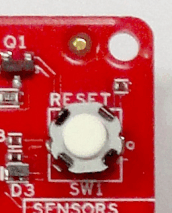 |
| SW2 | GPIO_22 | When pushed, the GPIO_22 is pulled to VCC. | 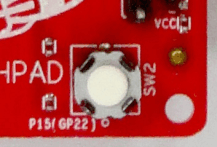 |
| SW3 | GPIO_13 | When pushed, the GPIO_13 is pulled to VCC. | 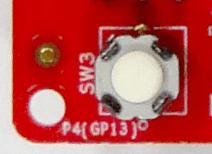 |
Table 9. LEDs
| Reference | Colo4 | Usage | Comments | |
|---|---|---|---|---|
| D1 | Yellow | nRESET | This LED indicates the state of nRESET pin. If this LED is glowing, the device is functional. | 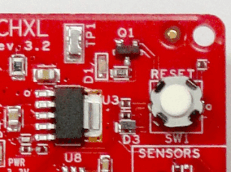 |
| D2 | Green | Debug | This LED glows whenever debugging is enabled over the JTAG. | 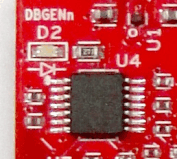 |
| D4 | RED | Power | Indicates when the 3.3-V power is supplied to the board. | 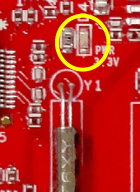 |
| D5 | GREEN | GPIO_11 (1) | Glows when the GPIO is logic-1 | 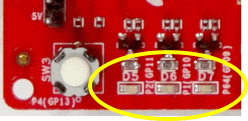 |
| D6 | YELLOW | GPIO_10 (1) | Glows when the GPIO is logic-1 | |
| D7 | RED | GPIO_09 | Glows when the GPIO is logic-1 |
(1) GPIO_10 and GPIO_11 are also used as I2C. Thus, when the pullups are enabled, the LEDs glow.